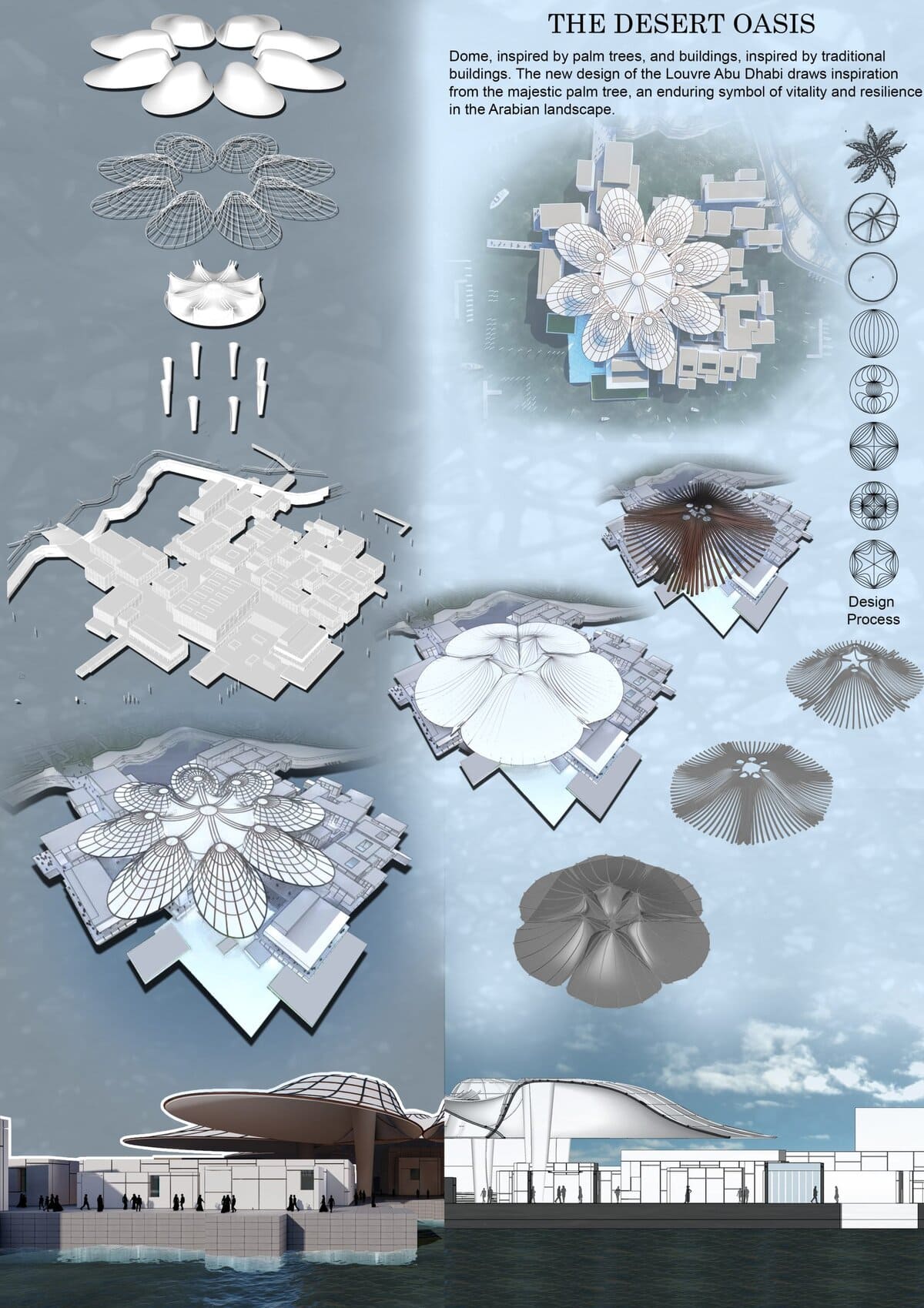Shaping Wellbeing: Rhisdiah Van Wyk’s Clay Art & Wellness Centre
A Spatial Journey of Transformation, Community, and Care
In the ever-shifting landscape of architectural innovation, recent University of the West of England graduate Rhisdiah Van Wyk stands out as a voice for design that puts people—rather than product—at its very core. With a First Class Honours in Architecture and Planning, experience in the planning sector, and a recent semi-finalist placing in a national competition, Van Wyk enters the profession with a portfolio and philosophy that balances technical know-how with social sensitivity. Her final project, the Clay Art & Wellness Centre, explores the intersection of materiality, movement, and community in a building where transformation is both a theme and a lived experience.
Material Narratives: Clay as Concept and Construct
At the heart of Van Wyk’s scheme is clay—not merely as a construction material, but as a metaphor for transformation. The building’s narrative unfolds around clay’s journey from raw matter to crafted object, mirroring the way human wellbeing takes shape through creative engagement and reflection.
On entering, visitors encounter robust red brick walls grounding the ground floor in a sense of solidity and warmth. These walls enclose lively, communal pottery studios, where the process can be messy and the atmosphere is deliberately robust—drawing on clay’s earthy origins. Here, the tactile experience of hands-on making is celebrated: the heavy, imperfect form of clay finds its match in sturdy brick, evoking a primordial connection to the land beneath our feet.
From Heaviness to Light: Vertical Progressions in Material and Mood
Ascending through the building, the spatial experience transitions—timber slats and soft finishes begin to dominate, the palette lightens, and the character subtly shifts. The upper levels are home to spaces for yoga, pilates, and contemplative therapies, wrapped in materials that emphasize renewal and serenity. As in the handling of clay, the transformation from dense, raw substance to something smooth and purposeful is echoed architecturally.
This carefully staged vertical progression is more than just an aesthetic device. Van Wyk’s choreography of spaces invites users to move gradually from intensity and productive energy toward peace and stillness. There is a deliberate blurring of boundaries—a move away from compartmentalized wellness towards a more holistic process—allowing users to experience the metaphor of clay in their own bodies: shaped and reshaped by experience, emerging refined.
Architecture as Process and Pause
The true innovation of the Clay Art & Wellness Centre is its understanding of architecture as an active process, not a static backdrop. In Van Wyk’s design, courtyards and thresholds are not mere punctuation—they are invitations to pause. Between dynamic workshops and tranquil studios, these interstitial spaces offer breathing room, places to reflect, to gather one’s thoughts, or to simply soak in daylight and air.
These social and sensory thresholds encourage users to become aware of their changing states, both physically and mentally. The careful placement of glazing, connection to planted courtyards, and orchestration of circulation routes reinforce a sense of flow—not only through the building but within the self. Instead of fixating on final outcomes, the centre puts emphasis on process: of making, moving, and being.
Balancing Community and Contemplation
Community is foregrounded throughout the scheme. Publicly accessible workshop spaces face the street, offering visual connections into the building and reinforcing its civic presence. Semi-private and private zones nestle further within, a deliberate layering that lets visitors choose their level of engagement or retreat.
Group activities—collective pottery, group pilates—exist in tandem with opportunities for solitude and restoration. This approach goes beyond simply offering amenities; it acknowledges the diverse rhythms of community life and personal wellness. The result is an environment that is both inviting and accommodating, somewhere between a home, a studio, and a sanctuary.
Recognition and Aspirations
Van Wyk’s innovative and holistic take on wellness architecture has already attracted attention, earning her a semi-finalist position in a recent architecture competition—an accolade that points to both the originality of her concept and the clarity of her execution. Her educational achievements at UWE Bristol, combined with hands-on experience in the planning sector, position her as a young professional poised to meaningfully contribute to urban design and master planning conversations.
Her interests extend beyond building form to encompass placemaking, sustainability, and the ongoing life of a design after completion. The Clay Art & Wellness Centre is thus not only a final-year project; it is a manifesto for an architecture that is socially grounded, materially expressive, and deeply invested in human flourishing.
Connect with a New Voice in Architecture
For those wishing to engage further—whether for potential collaboration, mentorship, or simply to follow the trajectory of an emerging talent—Rhisdiah Van Wyk can be reached via LinkedIn or by email at vrhisdiah@gmail.com. Her portfolio promises more projects that interrogate how the built environment can nurture individuals and communities alike.
With her Clay Art & Wellness Centre, Van Wyk demonstrates that the most compelling architecture arises not from iconic gestures, but from an understanding of how space, material, and movement can come together to uplift and transform. As the field of architecture renews its commitment to wellbeing, designers like Rhisdiah Van Wyk show us just how powerfully buildings can shape lives.












Add a comment